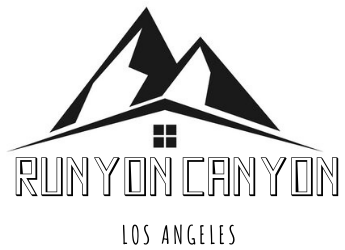What does a cooling tower do in a power station?
What does a cooling tower do? As the name suggests, a cooling tower’s primary function is to lower temperatures – specifically of water, or ‘cooling water’ as it’s known at Drax. Power stations utilise a substantial amount of water in the generation of electricity.
What is power plant cooling tower?
A cooling tower is a heat rejection device, which extracts waste heat to the atmosphere though the cooling of a water stream to a lower temperature. Common applications for cooling towers are providing cooled water for air-conditioning, manufacturing and electric power generation.
Which is the most efficient cooling tower?
(TT) is the supplier of the world’s most efficient cooling tower. Tower Tech supplies a modular cooling tower design that provides customers with easy installations, low life-cycle costs, and industry-leading sustainability.
What are the three types of cooling towers?
There are three main types of cooling towers that are defined by how water or air pass through them. These types include crossflow, counterflow, and hyperbolic. There are also two varieties classified solely on airflow, known as induced draft and passive draft cooling towers.
How do you calculate the efficiency of a cooling tower?
Cooling Tower Efficiency Calculations
- Approach = Cold Water Temperature – Wet Bulb Temperature.
- Cooling Tower Efficiency =
- (Hot Water Temperature – Cold water Temperature) x 100/
- (Hot Water Temperature – Wet bulb temperature)
What is the difference between crossflow and counterflow cooling towers?
In a crossflow tower, air travels horizontally across the direction of the falling water whereas in a counterflow tower air travels in the opposite direction (counter) to the direction of the falling water. This is because of the air inlets on each style of tower.
What is TR capacity in cooling towers?
Some commercial and industrial refrigeration systems are rated in Tons of Refrigeration (TR, tons). A ton is the amount of heat removed by an air conditioning system that would melt 1 ton (2000 lbs.)…Converting between Btu/h and Tons of Refrigeration.
| Btu/h | Refrigeration Ton | kW |
|---|---|---|
| 54000 | 4 1/2 | 15.8 |
| 60000 | 5 | 17.6 |
What is an advantage of a crossflow tower?
In crossflow towers the noise of water is nearly absent. CROSSFLOW TOWERS + Low pumping head, thus lower operational cost. + Accepts variations in water flow without changing the distribution system + Easy maintenance access to vital parts. + Reduced drift loss due to the absence of water droplets.
What’s the purpose of an industrial cooling tower?
Industrial cooling towers can be larger than HVAC systems and are used to remove heat absorbed in the circulating cooling water systems used in power plants, petroleum refineries, petrochemical plants, natural gas processing plants, food processing plants, and other industrial facilities.
When do you need a cold water cooling tower?
In either case, it combines the methodologies of both wet and dry types to achieve the required cooling. Applications include heavily urbanized areas where the vapor plume is undesirable or arid environments where only a small amount of evaporative cooling is needed to reach the cold water temperature.
Why are cooling towers called crossflow cooling towers?
In crossflow cooling tower systems the water vertically flows through the fill media while the air horizontally flows across the falling water. That’s why they call it “crossflow” because the air and water cross paths or flows. Because of the crossing of flows, the air doesn’t need to pass through the distribution system.
What are the different types of cooling towers?
They are classified by the type of draft (natural or mechanical) and by the direction of air flow (counter or cross). Natural Draft Cooling Towers are usually used for large power plants and industries with infinite cooling water flow. The tower operates by hot air in the tower rising removing waste heat and then releasing it into the atmosphere.
